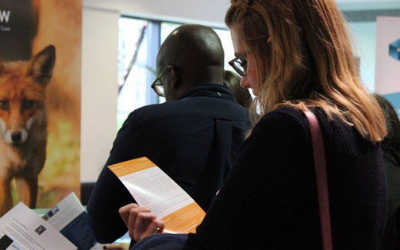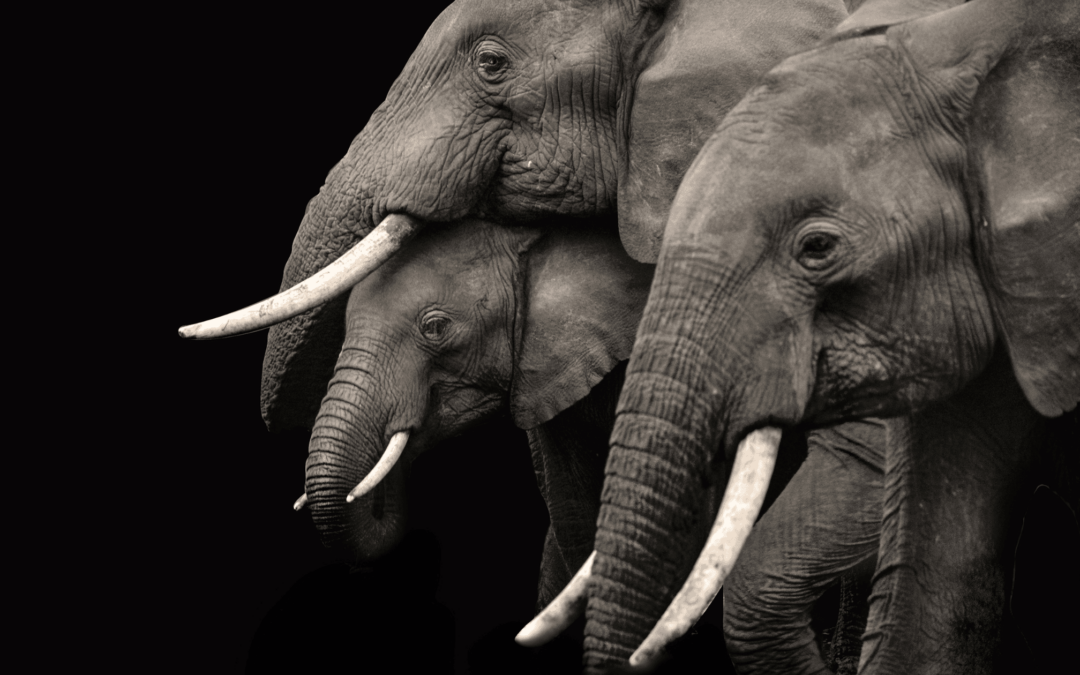By Rob Espin
What follows is a summary abstract of a longer article from our latest edition of the UK Journal of Animal Law, available to members of the UK Centre for Animal Law. If you would like to read the full article as well as articles about wildlife welfare and animal law in general, more details on how to become a member can be found here.
Introduction
The United Kingdom’s Ivory Act 2018 (the “Ivory Act”) entered into legal force on 6 June 2022, after three and a half years of delay since the last step in the process before an act of parliament can become law. Despite such delay, the introduction of the Ivory Act has been praised by conservationists and wildlife welfare advocates. Lord Zac Goldsmith (then Animal Welfare minister) even went as far as trumpeting the Ivory Act as being “world leading“.
The law before the Ivory Act
Prior to the introduction of the Ivory Act, the United Kingdom’s regulation of the international trade in ivory was principally achieved through its implementation of the 1973 Convention on the International Trade in Endangered Species of Wild Fauna and Flora (more widely known as “CITES”). CITES lists elephants as “Appendix I” species, meaning countries including the UK are obliged to effectively ban the commercial international trade of elephant ivory.
These CITES restrictions did not absolutely ban the ivory trade, however. CITES also remains subject to an exemption for hunting trophies as “personal effects”, meaning persons could reimport ivory taken from Asian and African forest elephants they had killed as part of game hunting trips. These shortcomings were worsened by the decision of the parties to CITES to allow certain African countries to undertake limited trade of ivory products in 1997 and again in 2002, resulting in new ivory entering commercial markets.
Delays and procedure
The government attributed fault for the multi-year delay in the act becoming effective law to several factors. The first was a failed judicial review brought by a group of antique dealers and collectors. The group challenged the legality of the Ivory Act on the grounds, inter alia, that it would amount to a severe interference with fundamental rights and freedoms. The Court of Appeal eventually upheld the Ivory Act in May 2020 and dismissed the challenge. It took an additional two years after this for the act to enter into force, however, as Defra sought to resolve issues regarding the implementation and impact of the ban.
Substance of the Act
The main substantial provision of the Ivory Act is relatively straightforward, providing that “dealing in ivory is prohibited”. Dealing includes buying, selling, advertising, exporting and importing ivory. Where a person breaches the prohibition, the maximum penalty they can face is up to five years in prison or a fine of up to £250,000.
The prohibition does not cover people receiving or parting with ivory as part of a gift or under a will, however, as the government did not want to criminalise persons receiving ivory through inheritance. It is regrettable that the government are not proposing to make a scheme available for people coming into possession of ivory to give it up for destruction, when organisations such as IFAW have demonstrated that there is demand for this. Such a scheme would allow ivory to be securely taken off the market.
Exemptions
The Ivory Act makes important exemptions from the broad prohibition against trading to create situations where, when certain conditions are met, ivory can be legally traded. For example, the exemptions include the sale of older ivory pieces from the 20th century or earlier, which include items of artistic value or importance, musical instruments, and portrait miniatures. The items need to be registered with the relevant authorities.
A blanket prohibition removes the need for enforcing authorities to consider whether items satisfy the requirements of any exemptions, which requires training and both time and cost resources they may not have to enforce wildlife legislation. This means that the exemptions make it more difficult for the relevant authorities to enforce the ban. There are also questions on how the registration process will work with people needing to show that the items meet the conditions of the exemptions.
Limitation to elephant ivory
Currently, the Ivory Act defines ivory as only coming from elephants. This is despite ivory also coming from other wildlife, including hippopotamus, warthogs, orcas, and narwhals. Failing to include these species within the meaning of ivory has created problems, including implicitly legitimising the trade of ivory from these other species. This is concerning considering many of these species are listed as vulnerable on the IUCN Red list.
Requiring enforcement agencies to discern between elephant and non-elephant ivory presents a major enforcement issue, as detailed reports from Born Free shows that of 66.9% ivory items listed for sale could not be confidently attributed to a particular species of origin and therefore could not be said to come from an elephant or not.
[1] “UK’s world-leading ivory ban moves step closer” DEFRA and Rt Hon Lord Goldsmith, 9 March 2021
[2] Post Brexit, CITES is implemented through the retention in UK law of the EU Wildlife Trade Regulation (Regulation 338/97)1 (the “WTR”). The UK has also enacted the Control of Trade in Endangered Species (Enforcement) Regulations 2018 (“COTES”) which makes certain contraventions of the WTR subject to criminal penalties.
[3] Article 57 Commission Regulation No 865/2006
[4] Friends of Antique Cultural Treasures Ltd v DEFRA [2020] EWCA Civ 649
[5] S.1(1) Ivory Act
[6] S.1(2) Ivory Act
[7] Section 12(4) Ivory Act
[8] “More delays to the Ivory Act 2018 cost elephants’ lives” 1 February 2022, IFAW
[9] Ss.2(2)-8 Ivory Act
[10] S.37(1) Ivory Act
[11] Are Ivory Sellers Lying through Their Teeth?” Born Free, 5 June 2022, page 8 paragraph 3.3







